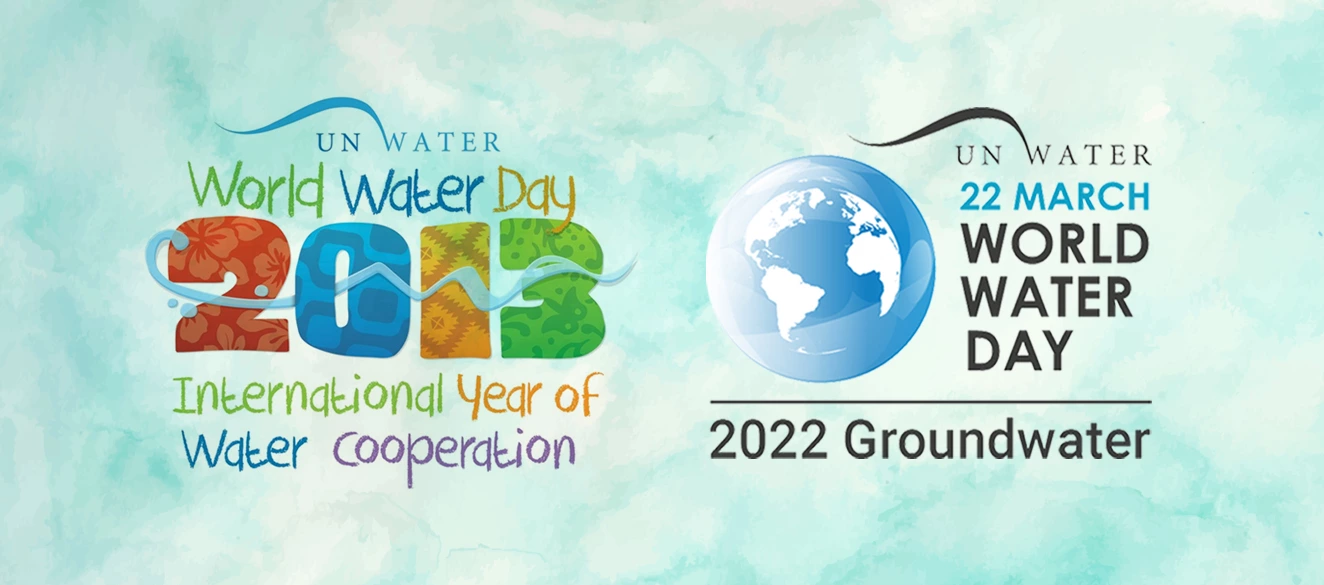
On World Water Day, 2019, I published my first Reflections essay. The United Nations established March 22 as World Water Day in 1993 to raise awareness of global water challenges, including lack of access to water and sanitation. My introduction to World Water Day was in 2013, when after attending an international groundwater meeting in the Netherlands, I had the privilege of participating on the program of a major international gathering in The Hague celebrating World Water Day. The theme that year was International Water Cooperation. Subsequent themes have been Water and Energy, Water and Sustainable Development, Better Water, Better Jobs, Why Waste Water?, Nature for Water, Leaving No One Behind, Water and Climate Change, and Valuing Water.
This year’s World Water Day theme is Groundwater, Making the Invisible Visible. This emphasis on groundwater is timely. A vital water resource for arid and semi-arid regions throughout the world, including Arizona, groundwater is under stress, as the World Water Day Factsheet notes:
- Groundwater is being over-used in many areas, where more water is abstracted from aquifers than is recharged by rain and snow. Continuous over-use leads eventually to depletion of the resource.
- Groundwater is polluted in many areas and remediation is often a long and difficult process. This increases the costs of processing groundwater, and sometimes even prevents its use.
- In other places, we do not know how much groundwater lies beneath our feet, which means we could be failing to harness a potentially vital water resource.
- Exploring, protecting and sustainably using groundwater will be central to surviving and adapting to climate change and meeting the needs of a growing population.
Water is Life! Everyone is a water stakeholder because everyone needs water to live. It is crucially important that people know where their water comes from and what challenges there may be to their water security. Some know first-hand what it is like to be water insecure on a daily basis. Others may experience water insecurity when there is a failure in the water delivery system or a contamination incident.
For many, groundwater is the key to water security. The WRRC houses many projects and programs that have contributed to increased understanding and awareness of groundwater resources. In a 2016 Public Policy Review (the predecessor to my Reflections series), titled “Invisible Water,” I reported on multiple efforts to raise the visibility of groundwater. We also have published several studies and papers on groundwater governance and management, including the 2018 paper “Invisible water: the importance of good groundwater governance and management.” The Transboundary Aquifer Assessment Program is dedicated to the study of aquifers along the shared border between the United States and Mexico. In addition, WRRC conferences and webinars have underscored groundwater’s importance to Arizona’s quality of life, environment, and economy.
Programs to commemorate World Water Day through learning and dialogue have increased over the years. Such programs provide a great opportunity to highlight the status of groundwater resources and opportunities to improve upon its management. I am excited to be participating in multiple programs connected to World Water Day. Part II of this essay commemorating World Water Day will discuss these activities.
In closing, I wish to share that the pandemic is on my mind as I think of water and World Water Day. Two years into the pandemic, the world has changed in ways we could not have anticipated. Likewise, the condition of the Colorado River system, on which so many in the western United States depend, has changed more quickly than anyone expected. The Tier 1 cutbacks in Colorado River water deliveries to Central Arizona have heightened awareness of groundwater’s importance. With deeper cuts on the horizon, it is imperative that we remain mindful of the need to be good groundwater – and all-water – stewards.
Part II will be published on April 1

